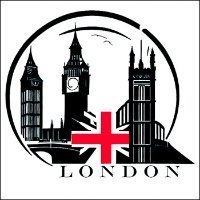Bottled Water. Is It Safe?
-
Recently Browsing 0 members
- No registered users viewing this page.
-
Topics
-
-
Popular Contributors
-
-
Latest posts...
-
29
Sunglasses
Go back and read my post. Your questions will be answered. While you’re at it, ditch the camouflage cargo shorts. My description of “lefty” is accurate. Open your eyes on your walks about town. -
133
Is there a worse role model for women than Taylor Swift?
Isn't that ironic? Hahahahahhaha... No it's not actually, it's unfortunate. What a shame noone explained "irony" to Alanis, poor girl. But that's female songwriters for you, so poor they don't even understand basic meanings. No wonder Taylor Swift goes right to the source and gets men to write her songs. https://copyblogger.com/did-alanis-morissette-get-irony-right/ -
102
Canada Surrenders
What a weird and ignorant attempt to issue a personal insult. So much childish crud in one post and nothing about my content. -
133
Is there a worse role model for women than Taylor Swift?
I honestly wondered of illegal pharmaceuticals were involved. -
30
Crime Man Thought to Be British Accused of Car Theft Attempt in Phuket
Maybe she thought Facebook people would react quicker and offer more sympathy than the police -
133
Is there a worse role model for women than Taylor Swift?
....incels and misogynists- 1
-

-
-
Popular in The Pub



.thumb.jpg.bc523c85a8d558dbc282dca7a2e602c9.jpg)




.thumb.JPG.af3fc4787879dbae30aac5c35eaca779.JPG)

Recommended Posts
Create an account or sign in to comment
You need to be a member in order to leave a comment
Create an account
Sign up for a new account in our community. It's easy!
Register a new accountSign in
Already have an account? Sign in here.
Sign In Now